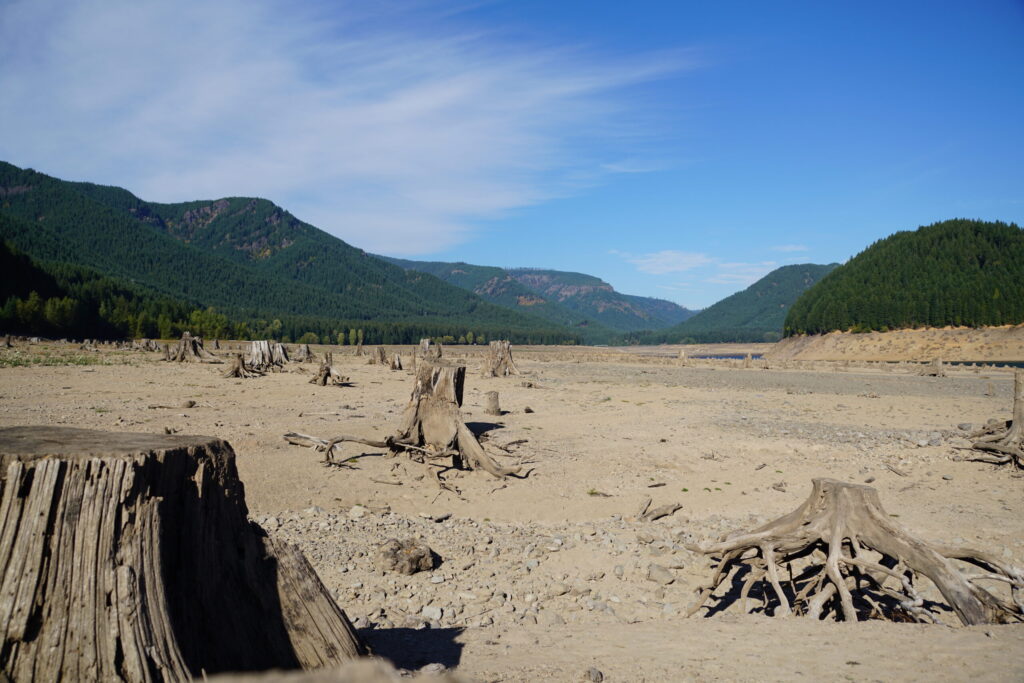
Record-low rainfall and triple-digit temperatures have pushed Governor Tina Kotek to sign Executive Order 25-18, declaring a drought emergency in Douglas, Union and Morrow counties. The order unlocks fast-track water-use permits and lets agencies “coordinate and prioritize assistance,” yet many rural producers worry that Salem’s help could arrive wrapped in red tape.
Why Three Oregon Counties Just Hit the Panic Button
- Union County has been in severe drought since June 24, 2025.
- Morrow and Douglas counties joined the same category on July 15, 2025, after a dry spring shaved 40 percent off normal precipitation. Oregon Apps
Local boards of commissioners pleaded for state help, citing crop losses, dwindling pasture and wildfire risk. The governor’s signature makes five Oregon counties under emergency status so far this year.
The Counties at a Glance
| County | Drought Severity & Start | Core Ag Economy* | Main Surface-Water Basin |
|---|---|---|---|
| Douglas | Severe — July 15 | Forage & wine-grape producers Oregon | Umpqua River |
| Union | Severe — June 24 | Wheat, forage & mint growers Oregon | Grande Ronde Basin |
| Morrow | Severe — July 15 | Potatoes, wheat & forage under large irrigation pivots Oregon | Columbia & Umatilla Rivers |
How Executive Order 25-18 Works—and Where It Can Go Wrong
Regulatory Firehose
OWRD can now waive fees and rush emergency water-use permits, but previous drought rounds have taken months to process, leaving alfalfa fields brown before paperwork clears. Oregon Apps
Unfunded Promises
The order offers access to loans and grants, yet the Legislature set aside no new money for 2025. County officials fear a “hurry up and wait” scenario where applications pile up faster than Salem writes checks.
Urban Tilt
Municipal systems in Roseburg and La Grande have full-time grant writers; family ranches do not. Without a local-first formula, big utilities could siphon a disproportionate share of relief dollars.
Water-Rights Creep
Emergency transfers let junior users tap alternate sources. Property-rights advocates warn that temporary fixes can morph into permanent precedents, eroding senior water claims long after the drought ends.
Liability Gaps
If a fast-tracked diversion dries up a neighbor’s well or harms fish habitat, the order offers no clear path to compensation—only an invitation to lawyer up.
Who Pays? Hidden Costs for Farmers, Ratepayers and Taxpayers
State analysts admit the drought will hit “farm, ranch, recreation, tourism and natural-resource sectors,” shrink the growing season and hike wildfire danger. Oregon Apps Ranchers are already trucking in hay at premium prices, while small towns debate water-rate hikes to cover new conservation projects they didn’t budget for. If past disasters are a guide, taxpayers pick up cleanup costs when private wells fail or dried-up streams trigger fish-kill lawsuits.
Final Thoughts
Emergency declarations are supposed to be tourniquets, not permanent policy. For Douglas, Union and Morrow counties, the real test is whether Salem delivers quick, transparent help that honors existing water rights—or merely expands bureaucratic reach. Rural Oregonians don’t oppose state assistance; they oppose assistance that arrives too late, costs too much and lingers long after the clouds return. If lawmakers pair rapid relief with firm sunset dates and genuine local oversight, Oregon can weather this dry spell without sacrificing the limited-government principles that built the state’s diverse farm economy. Otherwise, today’s drought order could be tomorrow’s precedent for ever-larger state control of private water.

